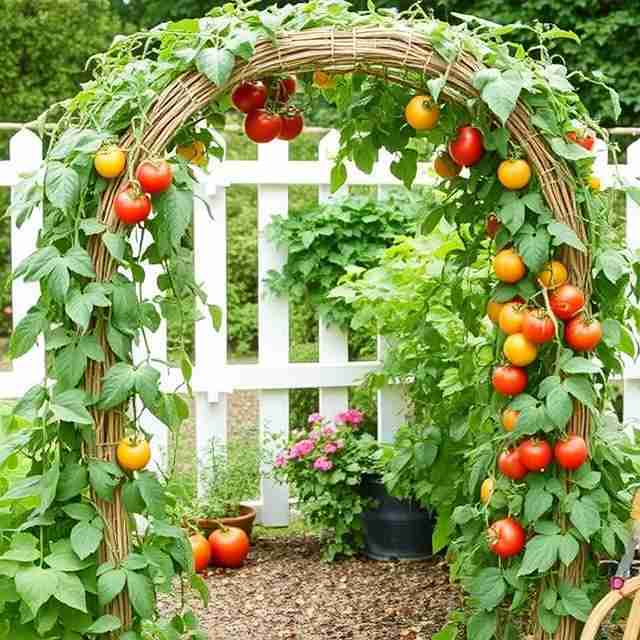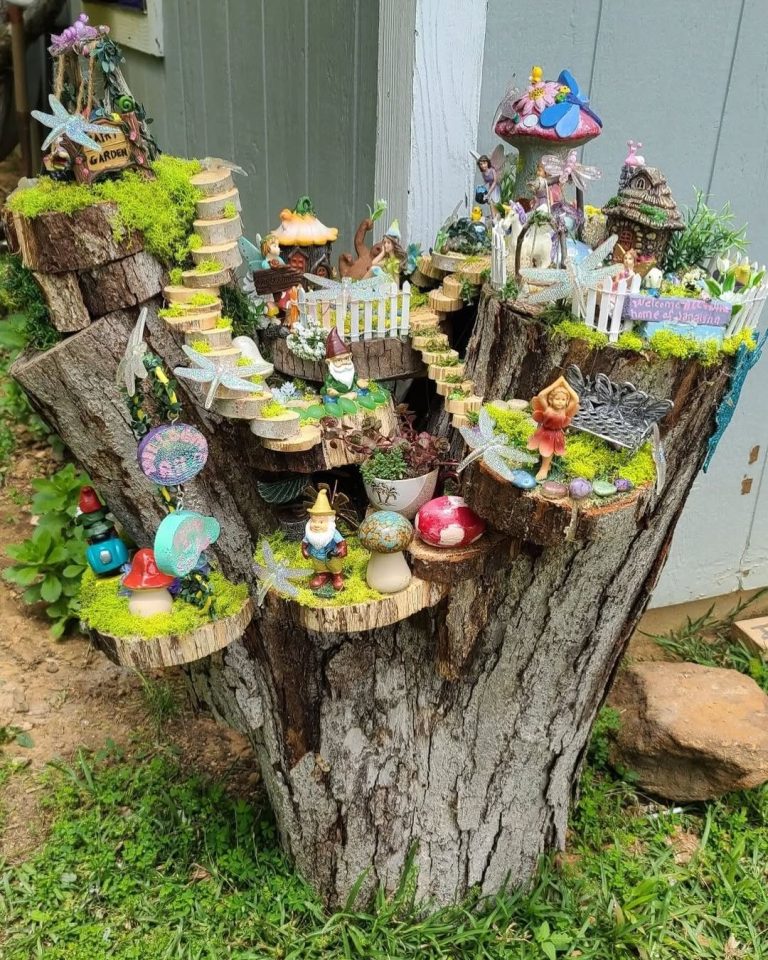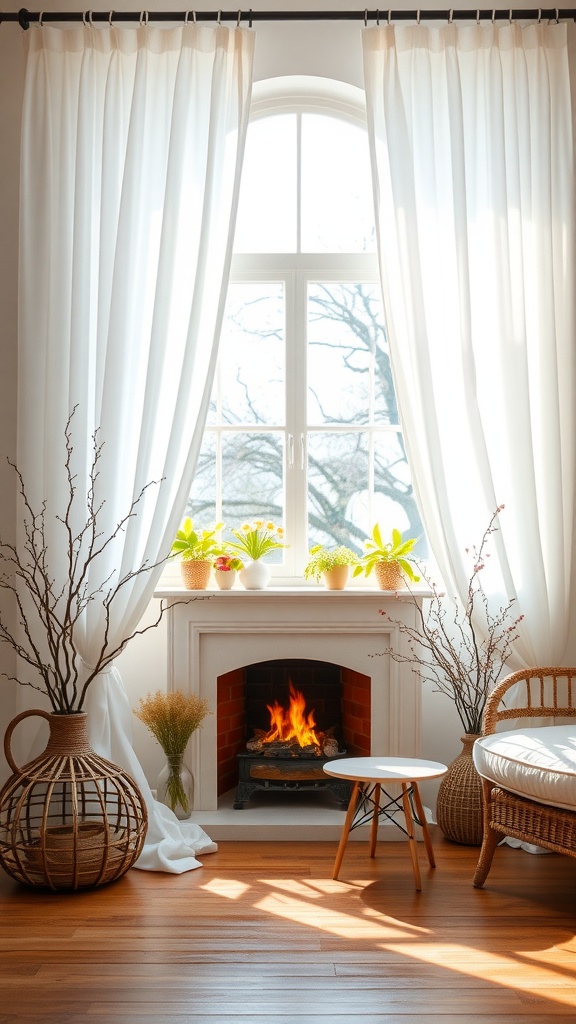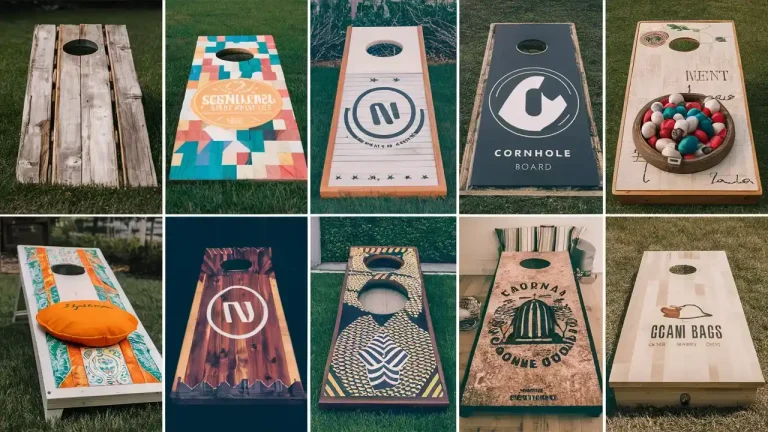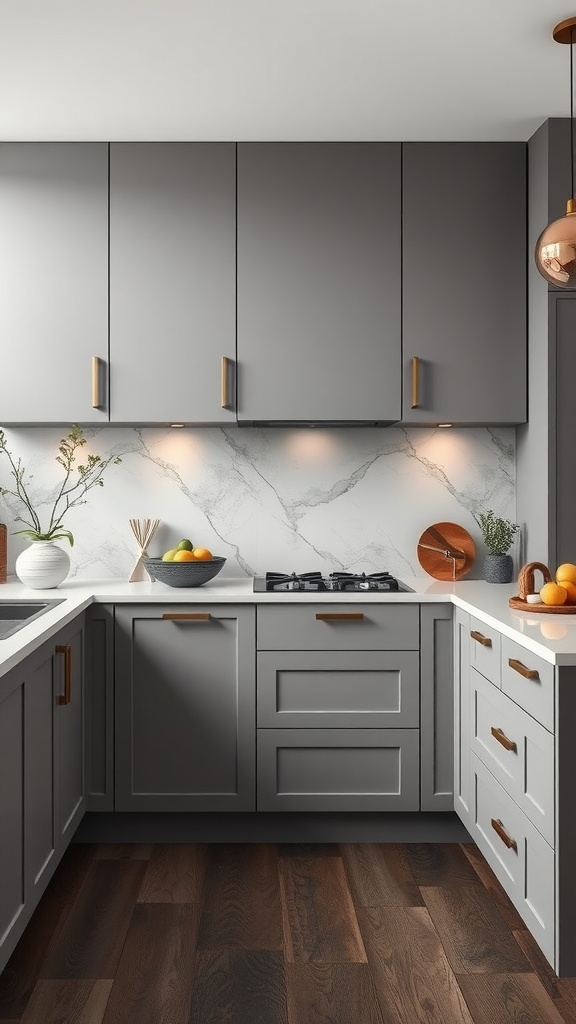13 Drainage Solutions for a Better Outdoor Space
When it comes to enhancing your outdoor living area, one often overlooked aspect is proper drainage. Not only does poor drainage create puddles and soggy lawns, but it can also cause damage to patios, gardens, and even the foundation of your home. To ensure that your backyard is as beautiful and functional as possible, it’s essential to implement effective drainage solutions. In this article, we’ll explore 13 solutions that can help keep your outdoor space dry, fresh, and inviting.
1. French Drain

A French drain is one of the most effective drainage systems for diverting water away from your outdoor space. This solution involves a trench filled with gravel or rock that contains a perforated pipe. The pipe helps carry excess water away from problem areas, preventing water from pooling in your yard. French drains are ideal for areas with heavy rainfall or poor soil drainage, as they allow water to flow freely without causing erosion.
In addition to being functional, a French drain is relatively easy to install and can be customized to fit the specific needs of your property. You can install it along the perimeter of your home, around gardens, or even under driveways. When considering installation, keep in mind the depth and slope of the trench to ensure optimal water flow. Over time, the gravel may settle, so it’s a good idea to check for clogs or sediment buildup periodically.
Source
2. Swales
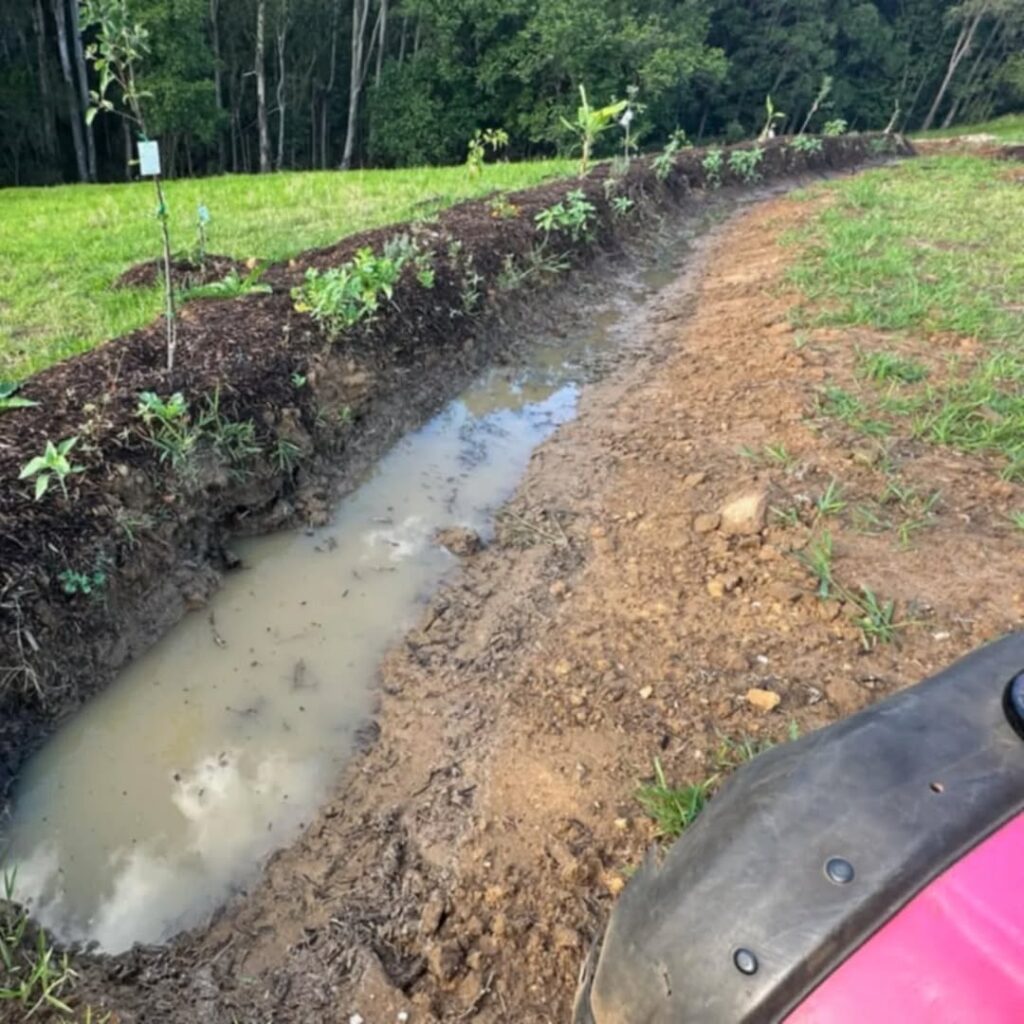
Swales are shallow, grassy channels designed to manage water runoff and allow it to be absorbed into the soil. They are often used in conjunction with other drainage solutions, such as French drains or downspout extensions, to create a natural flow of water across the landscape. Swales can be strategically placed in low areas of the yard or around the perimeter to guide water into designated spots like gardens or rain gardens.
While swales are highly effective at managing stormwater, they also add a beautiful, natural touch to the landscape. Planting native grasses or flowers along the edges of a swale can help reduce erosion and promote a healthy, sustainable environment. Swales are an environmentally friendly choice, as they allow water to seep into the ground rather than running off into storm drains, where it can cause flooding.
Source
3. Dry Creek Beds

Dry creek beds are a visually striking way to manage water drainage. These aesthetic features mimic natural streams and are designed to channel water away from problem areas like patios or garden beds. A dry creek bed consists of strategically placed rocks, gravel, or pebbles arranged in a curving path. When heavy rain falls, water flows through the creek bed, giving it the appearance of a stream while preventing erosion or puddling.
Dry creek beds are particularly useful for sloped yards where water naturally runs downhill. By directing the flow of water, they can help protect your home’s foundation and reduce the risk of flooding. You can also customize your dry creek bed to suit your style, choosing from a variety of stone types and sizes, or even incorporating plants along the edges to add color and texture.
Source
4. Downspout Extensions
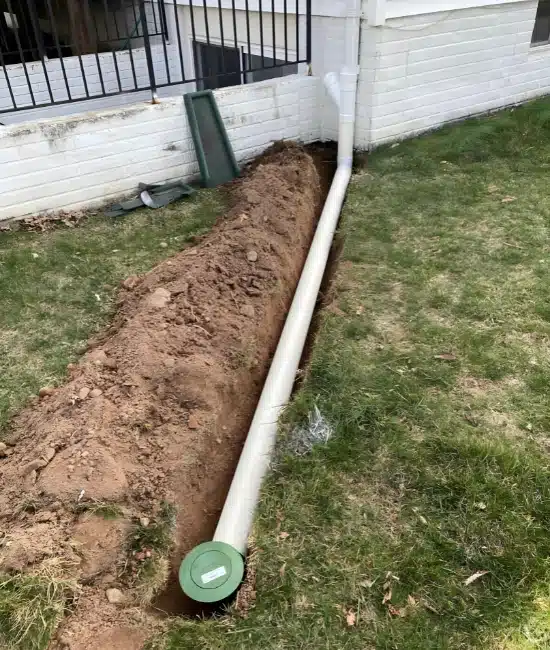
Downspouts are essential for directing rainwater from your roof to the ground, but without extensions, they can deposit water too close to your foundation, causing damage over time. Installing downspout extensions is an easy and cost-effective solution to redirect water further away from your home’s foundation, preventing basement flooding and soil erosion.
Downspout extensions come in a variety of materials, including flexible tubing, rigid pipes, or even decorative options like rain chains. They can be extended as far as needed to ensure the water is diverted into the yard, garden, or even a rain barrel. Consider adding a splash block at the end of the extension to further disperse water and prevent it from eroding the soil beneath.
Source
5. Rain Gardens
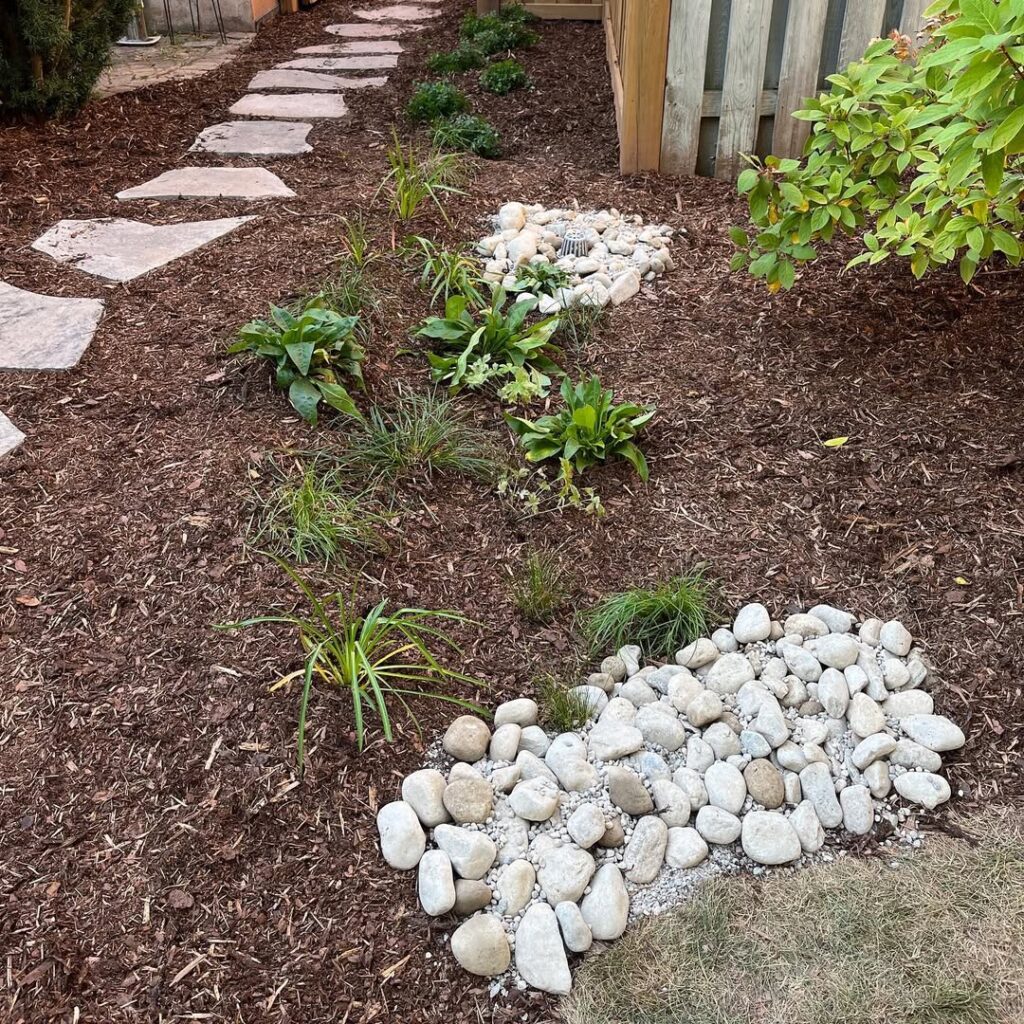
Rain gardens are a beautiful and eco-friendly drainage solution that helps manage excess stormwater. These gardens are designed to capture rainwater runoff and allow it to soak into the ground, promoting groundwater recharge. A rain garden typically features native plants that thrive in wet conditions, such as ferns, grasses, and wildflowers. Not only do they help reduce the risk of flooding, but they also support local wildlife, providing habitat for pollinators and birds.
To create a rain garden, choose a low-lying area in your yard where water naturally collects. The garden should be placed near a downspout, French drain, or other drainage solution to catch the water runoff. Make sure the soil is well-draining to prevent standing water, and select plants that can tolerate both wet and dry conditions. Rain gardens add visual interest to your yard and serve as a functional and environmentally conscious drainage solution.
Source
6. Gravel Drainage Pit

A gravel drainage pit, or dry well, is an underground system designed to collect and store excess water, allowing it to slowly seep into the surrounding soil. These pits are typically made of gravel, rocks, and a perforated liner to facilitate water infiltration. Gravel pits can be installed near downspouts, patios, or low areas in your yard that tend to collect water.
The key benefit of a gravel drainage pit is its ability to handle large amounts of water without causing surface flooding. When rainwater enters the pit, it is absorbed into the ground over time, reducing runoff and erosion. Gravel drainage pits are a discreet, low-maintenance option for yards that don’t have space for surface-level drainage solutions.
Source
7. Sump Pump Systems
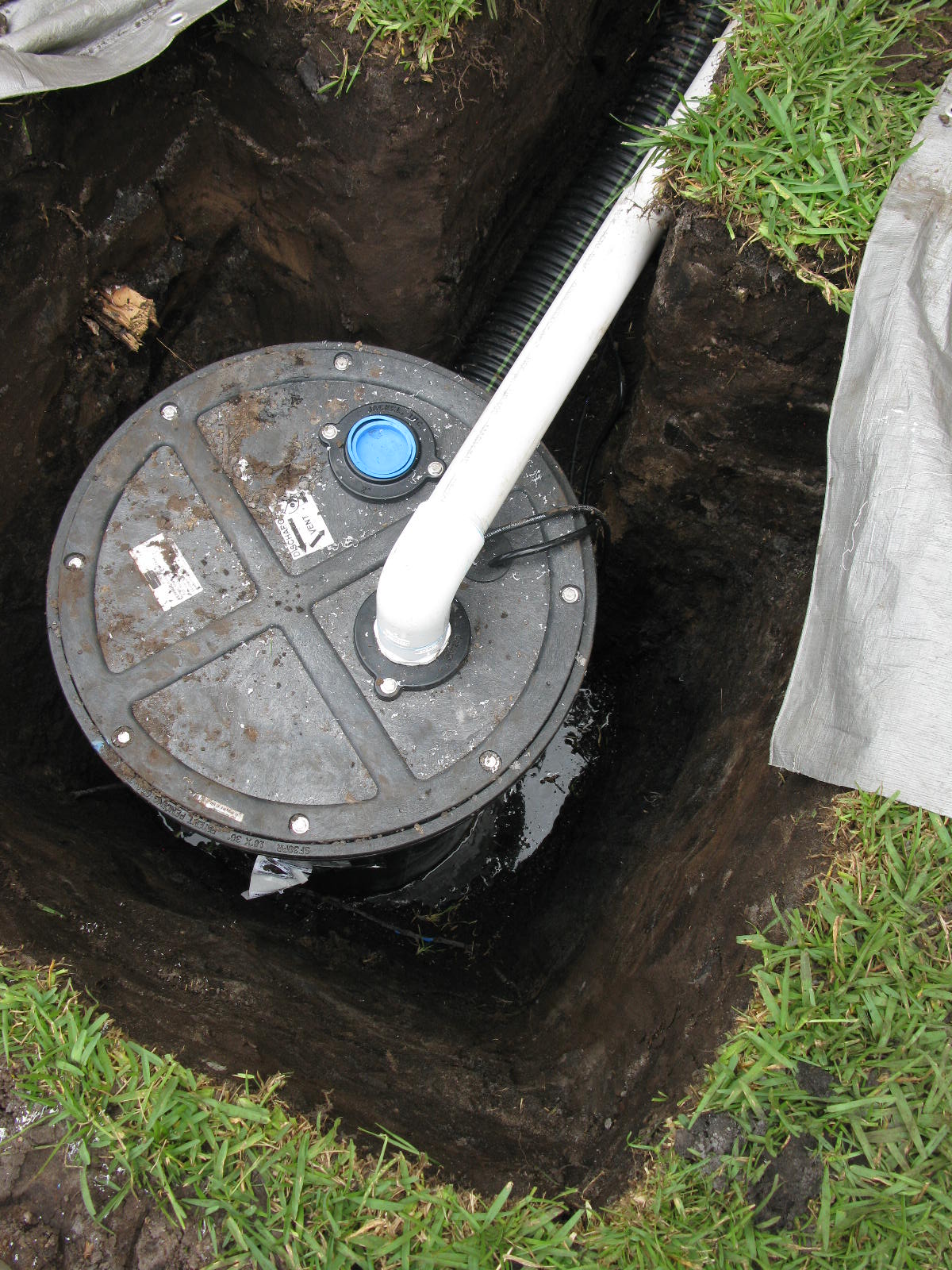
A sump pump system is an essential tool for managing water in areas prone to flooding or excessive groundwater accumulation. Typically installed in a sump pit or basin, the pump activates when water levels rise, pumping excess water out and away from your home’s foundation. Sump pump systems are ideal for basements, crawl spaces, or other areas where water infiltration is a concern.
These systems are relatively simple to install and can be equipped with a backup power source to ensure they continue working during power outages. Additionally, sump pumps can be connected to drainage systems, such as French drains or downspout extensions, to further improve water management. Regular maintenance, such as checking the pump’s functionality and cleaning the sump pit, is necessary to ensure the system works efficiently during storms.
Source
8. Surface Drainage Channels

Surface drainage channels are a great option for directing water away from paved areas such as driveways, patios, or walkways. These channels, often made of concrete or metal, are designed to catch water that would otherwise collect on the surface and potentially cause flooding or erosion. Surface drainage channels are especially useful in areas with heavy rainfall or in spots where water tends to pool.
These channels are usually installed along the perimeter of a patio or driveway and work by directing water to an appropriate drainage outlet, such as a French drain, storm drain, or retention pond. The channels can be either linear or designed in more intricate patterns depending on your landscape style. In addition to their functionality, surface drainage channels are available in a range of materials and finishes, allowing you to match them to the aesthetics of your outdoor space.
Source
9. Permeable Paving
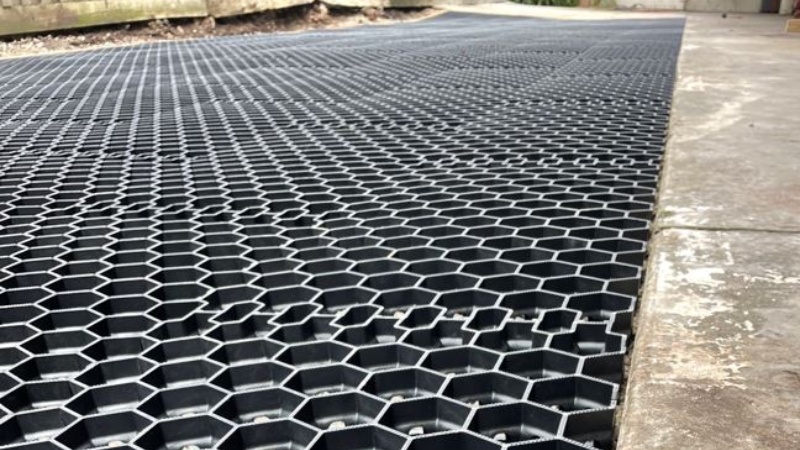
Permeable paving is a sustainable solution for managing water runoff in areas like driveways, walkways, and patios. Unlike traditional impermeable surfaces, such as concrete or asphalt, permeable pavers allow water to flow through the gaps between the stones and into the ground below. This helps prevent water from collecting on the surface and reduces the risk of flooding or erosion.
In addition to being an eco-friendly choice, permeable paving adds a stylish and modern touch to outdoor spaces. Available in various materials, including brick, stone, and concrete, permeable pavers can be arranged in different patterns to suit your design preferences. These systems are ideal for creating patios or pathways that are both functional and aesthetically pleasing while ensuring proper water management.
Source
10. Green Roofs
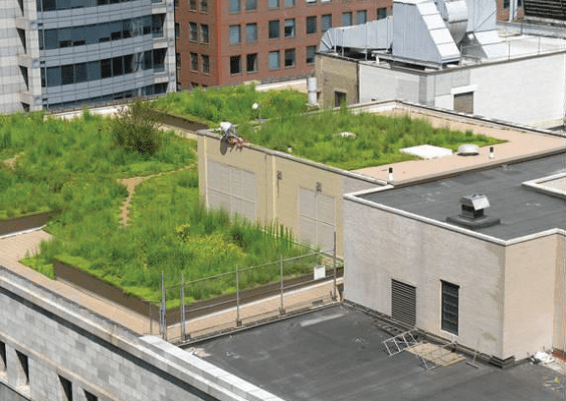
Green roofs are an innovative and eco-friendly solution to managing stormwater, particularly for urban environments with limited yard space. A green roof involves covering the roof of a building with vegetation, which helps absorb rainwater and reduce runoff. The plants, along with a layer of soil and drainage material, act as a natural filter, absorbing water as it falls and preventing it from flowing off the roof.
Not only do green roofs help manage water drainage, but they also provide numerous environmental benefits, such as improving air quality, reducing the urban heat island effect, and providing insulation for the building. Green roofs can be installed on homes, garages, or even garden sheds, offering a unique way to enhance both the function and appearance of your property while supporting sustainable practices.
Source
11. Catch Basins
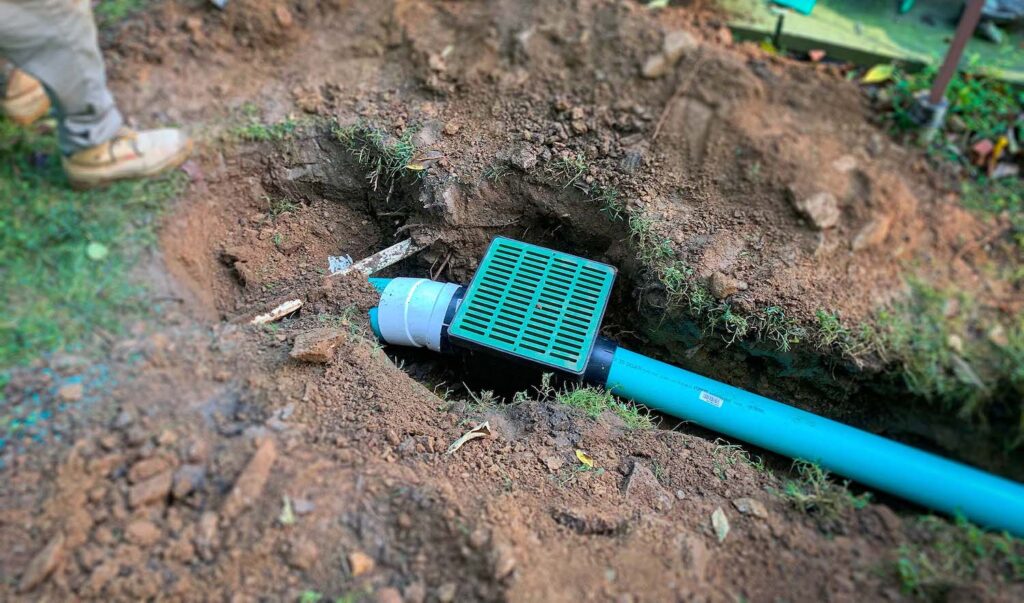
Catch basins are a popular drainage solution for areas where water tends to accumulate and stagnate. These basins are installed in low-lying spots or along drainage channels and are designed to collect water, debris, and other materials. Water enters the catch basin through an inlet, while solids settle to the bottom, preventing clogs and allowing for efficient water flow.
Catch basins are often used in conjunction with other drainage systems, such as French drains, to manage large volumes of water. They can be placed at the end of driveways, along walkways, or near the foundation of your home. By filtering out debris, catch basins ensure that water is directed away from problem areas without causing damage or erosion to the landscape.
Source
12. Trench Drains
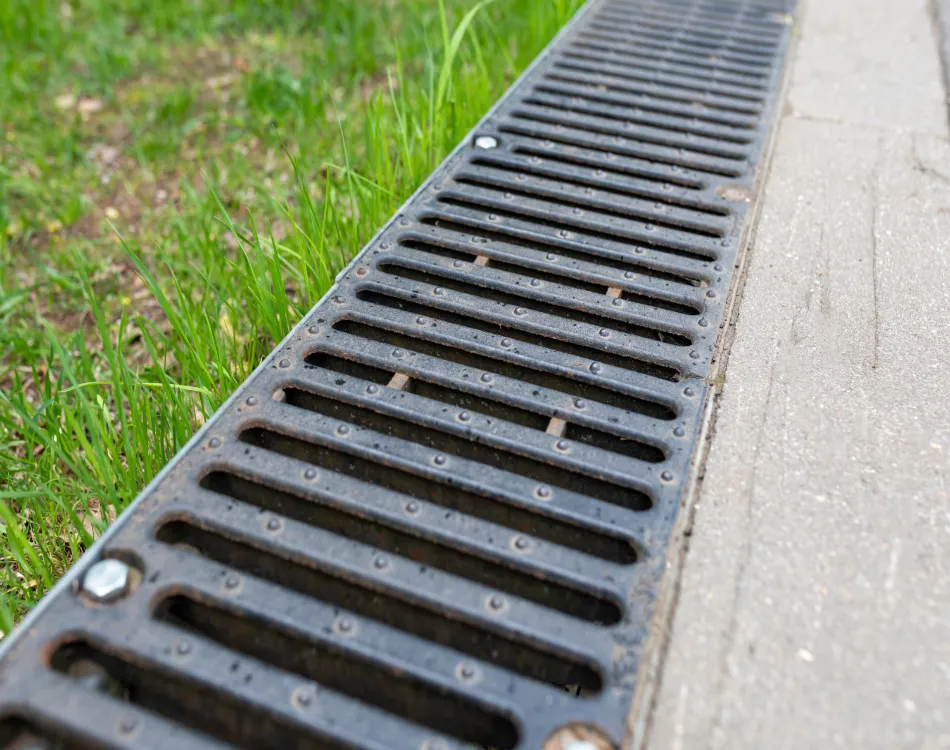
Trench drains, also known as channel drains, are long, narrow drains designed to catch water along the surface and funnel it into an underground drainage system. Trench drains are commonly installed in areas where water tends to pool, such as along the edges of patios, driveways, or pool decks. They are typically made of materials like concrete, plastic, or metal and are designed to be low-profile while effectively managing water runoff.
These drains work by channeling water into a pipe or basin, which then carries it away from your outdoor space. Trench drains are particularly useful in areas with heavy foot traffic or where aesthetics are important, as they can be designed to blend seamlessly with the surrounding landscape. They provide a discreet, effective way to manage water without compromising the functionality or appearance of your outdoor space.
Source
13. Retention Ponds
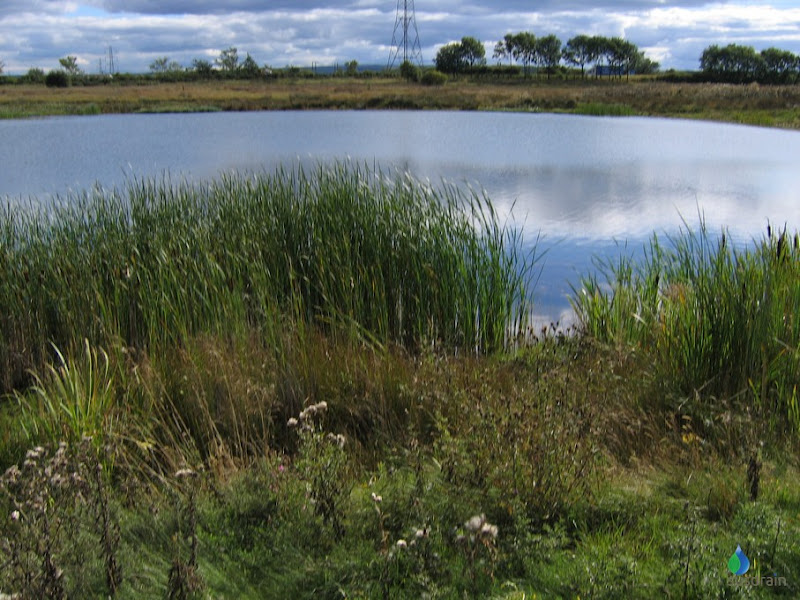
Retention ponds, also known as detention ponds, are a larger-scale drainage solution designed to manage stormwater runoff by capturing and storing excess water. These ponds are often used in residential communities, commercial properties, or areas with large amounts of impervious surfaces, such as roads or parking lots. Retention ponds collect rainwater during storms and slowly release it over time, allowing it to seep into the ground or be directed into nearby waterways.
While retention ponds are an effective way to control water runoff, they also serve as wildlife habitats and can enhance the beauty of your property. By creating a natural, calming feature in your yard, a retention pond can add visual interest and attract birds, insects, and other wildlife. Be sure to design the pond with proper vegetation and safety features to ensure that it remains functional and safe for the entire family.
Source
Conclusion
Managing water drainage in your outdoor space is essential for maintaining a dry, healthy, and aesthetically pleasing environment. By implementing the right drainage solutions, you can protect your home’s foundation, reduce the risk of flooding, and ensure your outdoor living areas remain functional throughout the year. Whether you choose a French drain, a rain garden, or more advanced options like green roofs and retention ponds, there are numerous ways to tackle water management in your yard.
Keep in mind that effective drainage isn’t just about preventing water damage—it’s also about creating a sustainable and beautiful landscape that enhances your outdoor experience. From permeable paving to trench drains, there are options to suit every type of yard and every homeowner’s preferences. By carefully selecting the best solutions for your property, you can enjoy an outdoor space that is as practical as it is beautiful, all while protecting your home and the surrounding environment.

